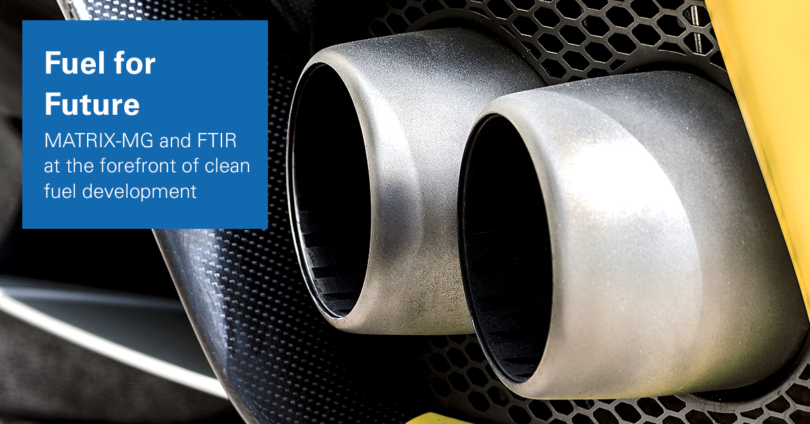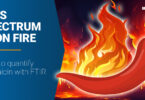Low emission of nitric oxides, absence of smoke and vanishing toxicity are key characteristics of a clean fuel for motorized vehicles.
A particular technique to develop a clean fuel for engines is the addition of dimethyl ether[1] (DME). That’s why the synthesis of DME has gained much interest in the last years and, by implication, exhaust gas analysis too.
Only recently, Swiss scientists[2] investigated the conversion rate of methanol to DME when using K10 montmorillonite clay as the catalyst. The scientists used a MATRIX-MG01 gas analyzer to show that K10 montmorillonite clay acts as an active and selective catalyst for DME production from methanol. They found an ideal reaction temperature of 300°C at which a maximum amount of DME is composed. The result of this study will allow to optimize the process of DME formation and, with this, help to keep our environment cleaner and more sustainable.
Read more in the full article.
FTIR spectroscopy is well suited to analyze emission gases resulting from the conversion of a fuel. In particular, the gas analyzer MATRIX-MG in combination with the analysis software OPUS GA allows for an automated, high-precision and real-time monitoring of gas concentrations. This makes the MATRIX-MG a prominent choice as a reliable analysis tool in the development of clean fuels.
Want to know more? Contact us to get more information or take a look at our website to learn more about gas analysis.
References:
[1] L. Xinling & H. Zhen. Science of the Total Environment, Vol. 407, 2234–2244.[2] A. M. Bahmanpour et al. Applied Catalysis A, General, Vol. 560, 165-170








